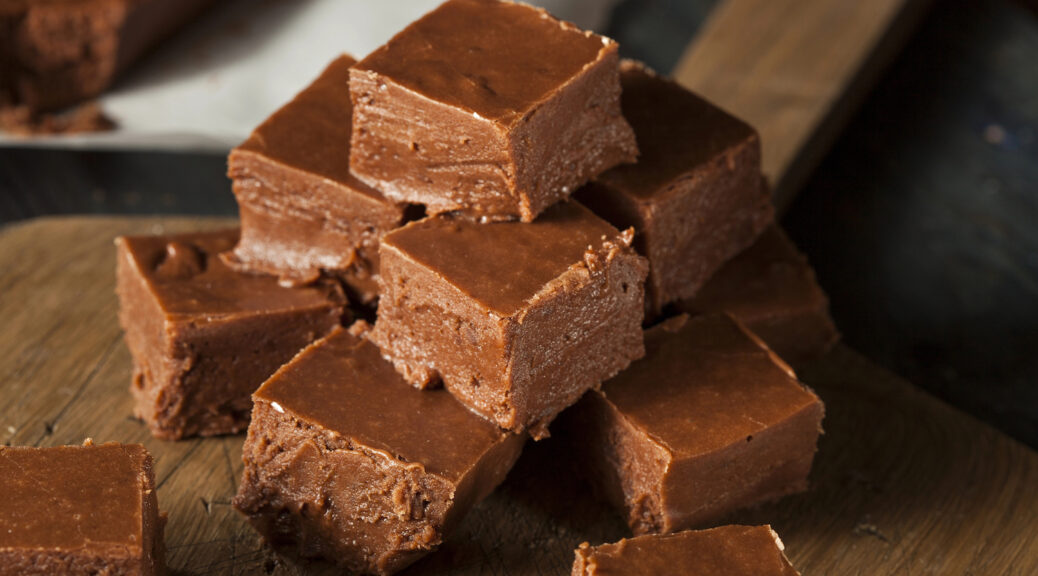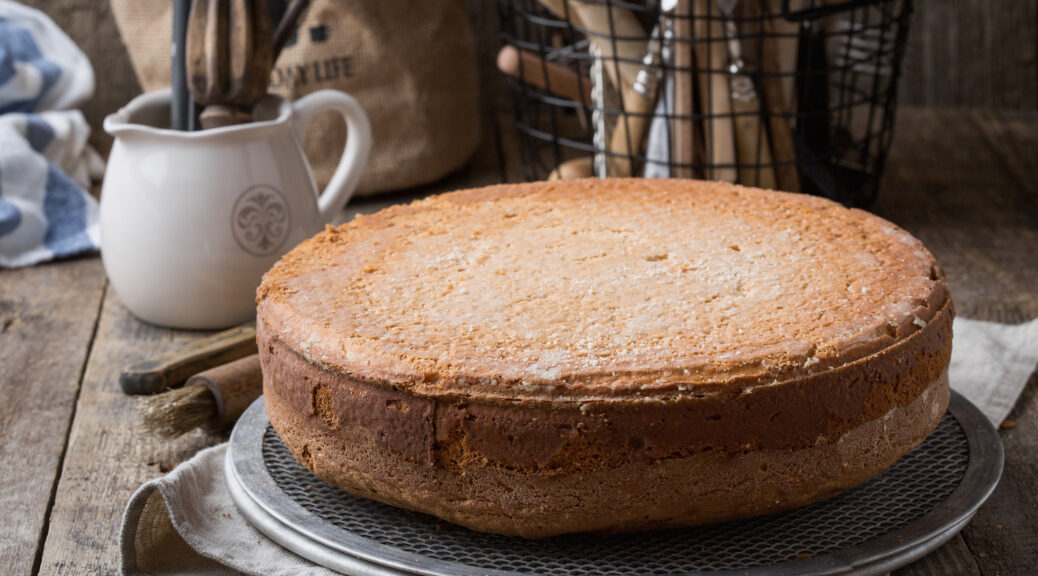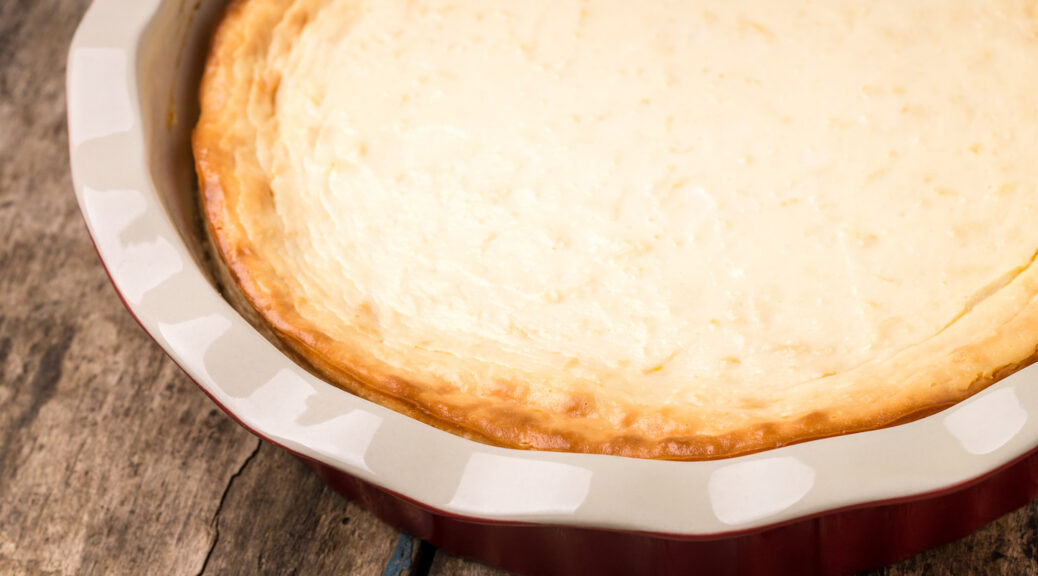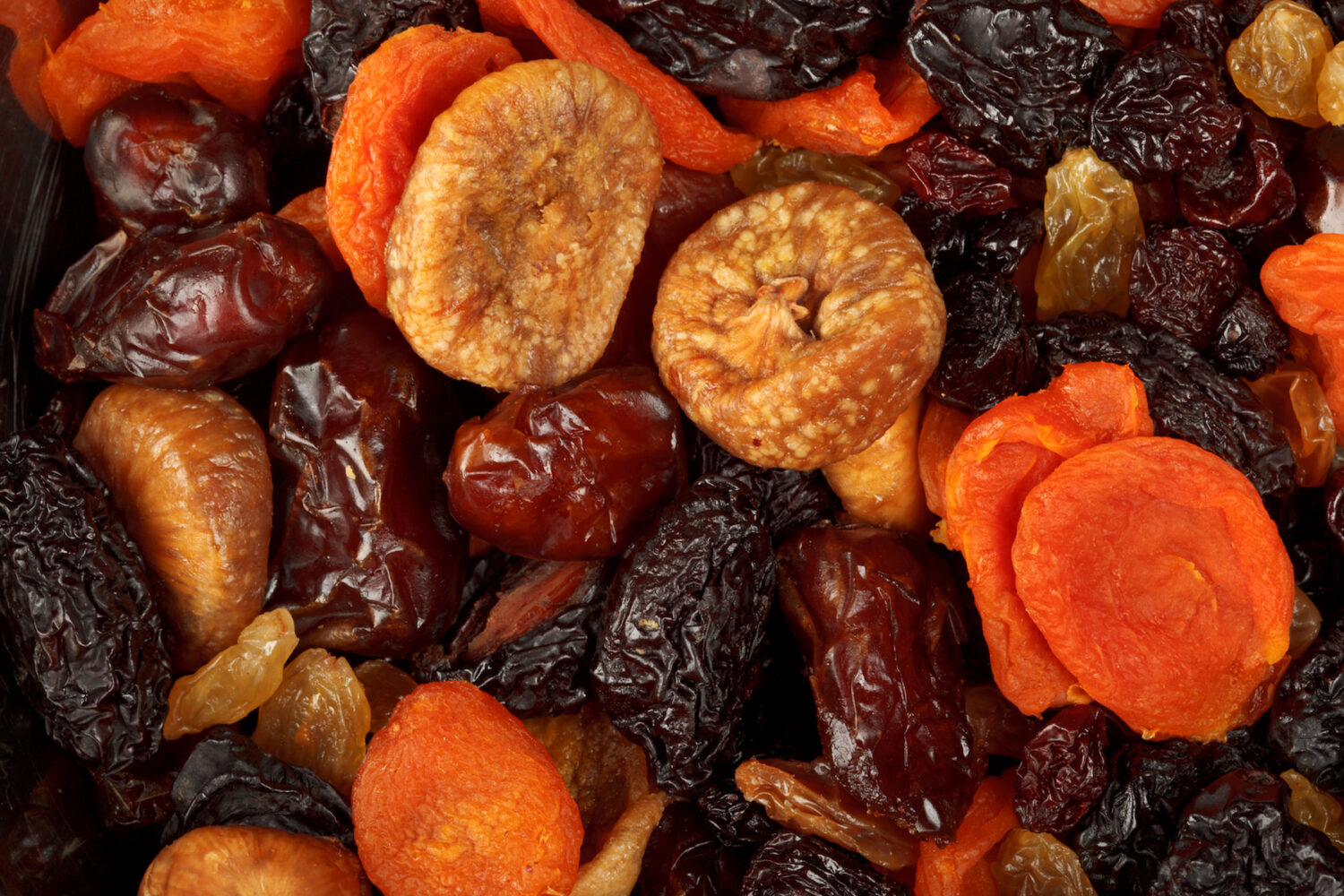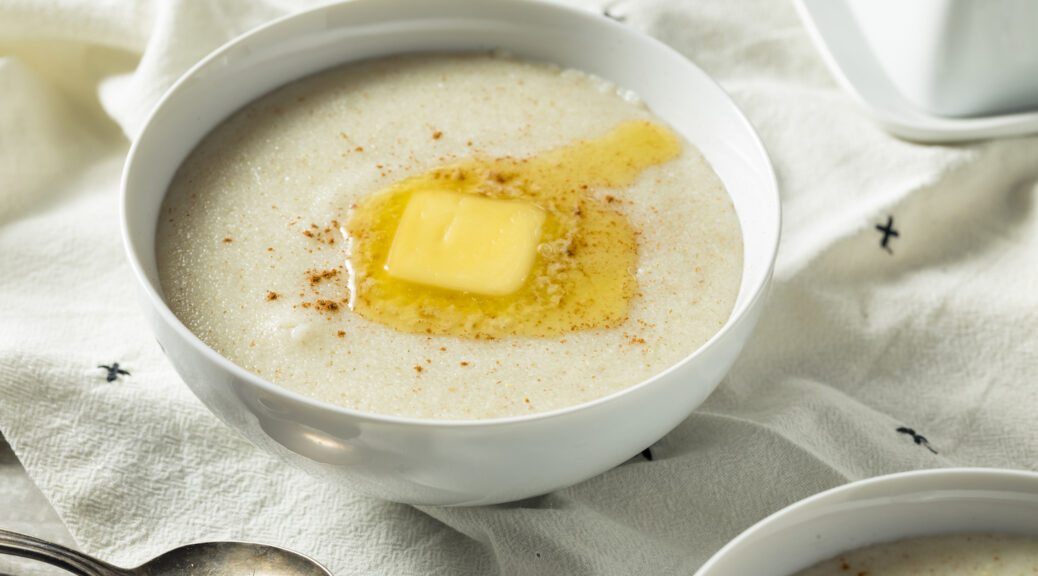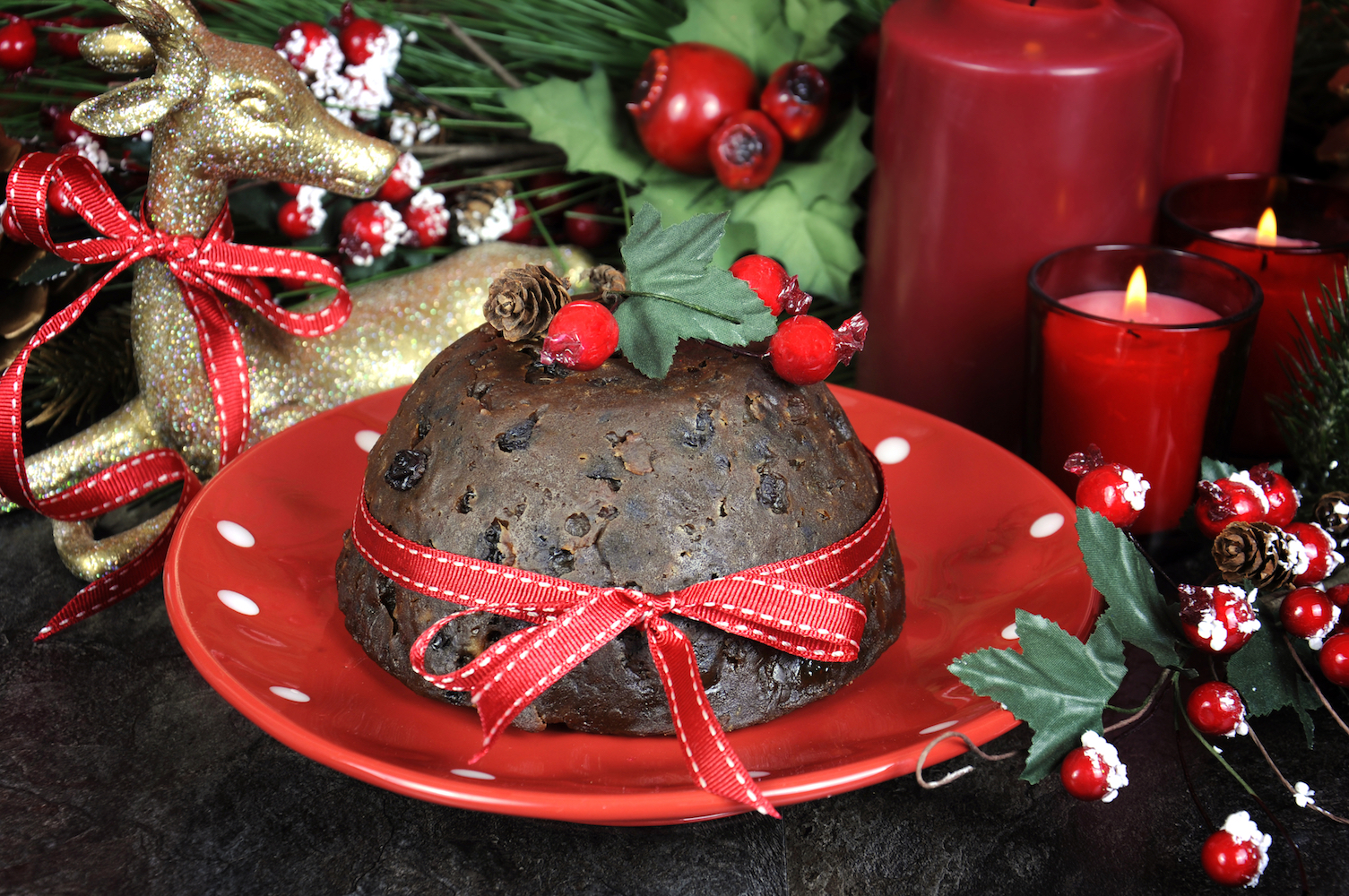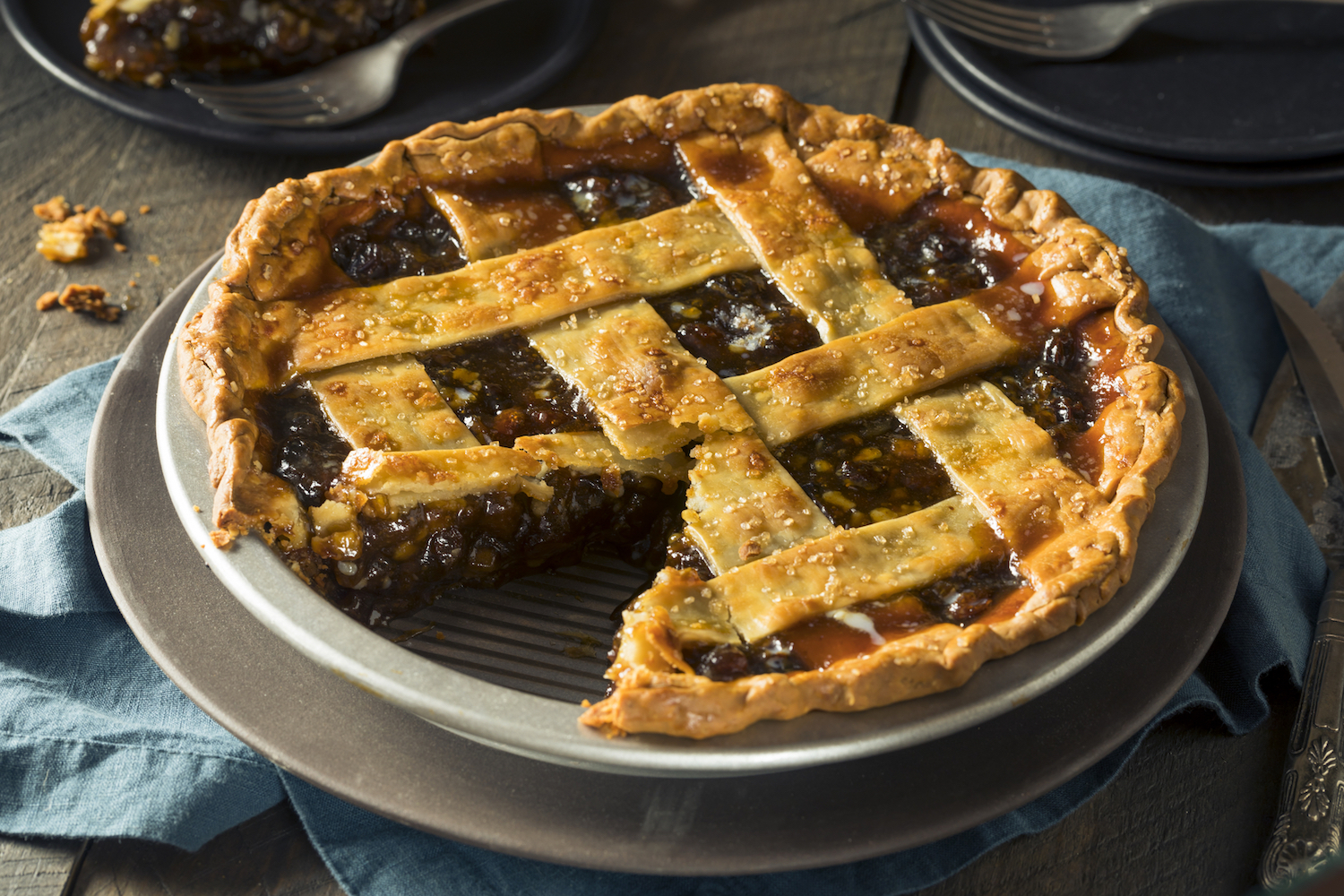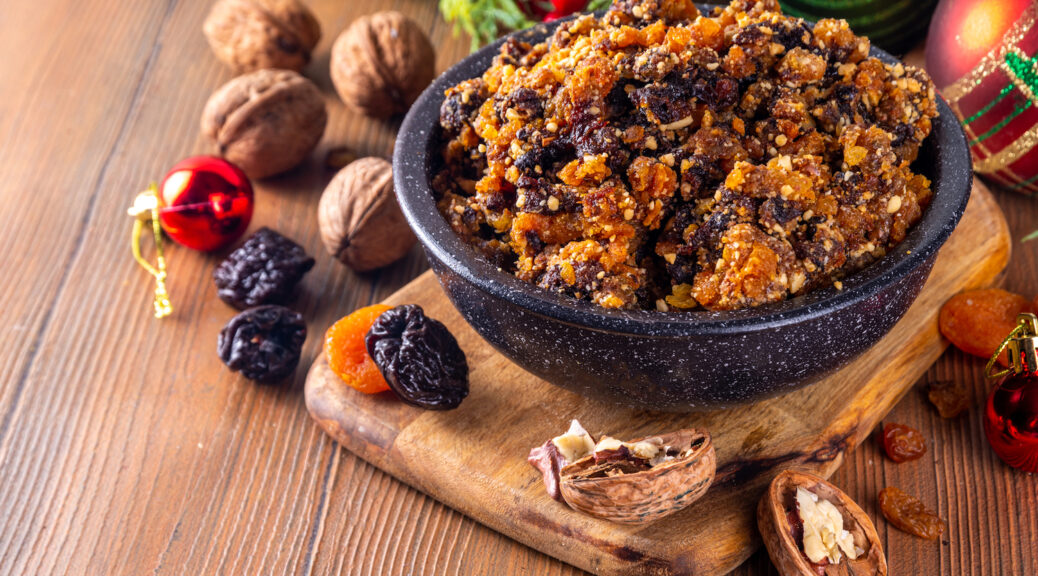Making Homemade Fudge
Fudge is expensive when you buy it in candy stores, but it’s easy to make. The hard part is beating the mixture because it gets so thick. Electric mixers make the job easy for people today, but years ago, fudge was mixed by hand. Candy thermometers became available to household cooks in the early 1900s, but they were expensive. Prior to that, people determined the temperature of their candy mixtures by dropping a bit of the syrup into cold water….
